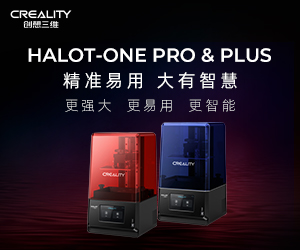环境空气中的3D打印耐火金属图案:面向高温传感器
时间:2023-08-23 11:17 来源:i学术i科研 作者:admin 阅读:次
在火力发电、油井钻探和航空航天等极端工业环境中,对关键环境参数进行实时监测对于提高可靠性和防止故障具有重要意义。难熔金属(如钼和钨)及其合金具有耐高温、耐腐蚀以及对热应力和机械应力具有出色的耐久性,因此是高温电子器件的理想候选材料。
最先进的增材制造(AM)技术为难熔金属的工程化提供了新的可能性,其中以粉末床基方法(包括激光粉末床熔融和电子束粉末床熔融)的研究最为广泛。尽管粉末床基增材制造方法具有高精度和能够制造复杂形状的优点,但由于对保护环境的严格要求、对高质量粉末床的依赖以及与其他电路制造工艺的兼容性差等限制,该方法并不适合制造电子设备。另外,基于油墨挤压的3D打印,即首先用含有粘合剂的金属油黑打印图案然后进行热处理以减少添加剂并烧结金属结构,是一种具有低成本和高灵活性的制造导电金属图案的吸引人的选择。传统的熔炉烧结法加热时间长、能耗高,而激光烧结具有高分辨率和高功率密度的特点,已成为对印刷图案进行原位热处理的有效方法,并已用于制造铜、银和锌的高导电电路。然而,金属材料通常对从可见光到近红外波长的光具有较高的反射率,导致激光烧结过程中能量利用率较低,加热温度有限。此外,激光辐射的增加可能会导致严重的氧化和过度烧蚀,而不是更好的烧结效果。
研究成果
难熔金属具有耐高温、耐腐蚀和机械强度优异等优点,可用于高温电子设备,但其熔化温度高、加工性差,给制造带来了挑战。清华大学臧浠凝&胡楚雄&汪泽教授团队报告了一种直接墨水书写和焦油介导激光烧结(DIW-TMLS)技术,用于制造高温应用中的3D耐火金属器件。利用煤焦油作为粘合剂,设计出了具有高粘度和更强光吸收性的金属油墨。打印出的图案在环境中使用低功率(<10 W)激光烧结成无氧化的多孔金属结构,只需一个步骤就能快速制造出独立的三维结构。本文介绍了几种应用,包括基于分形图案的应变计、在半球上图案化的电子小天线(ESA)以及工作温度高达 350℃并能承受火焰灼烧的无线温度传感器。DIW-TMLS 技术为各种金属材料的快速图案化铺平了一条可行的道路,它具有广泛的适用性、高灵活性和三维适形性,拓展了恶劣环境传感器的可能性。相关研究以“Printing Three-Dimensional Refractory Metal Patterns in Ambient Air: Toward High Temperature Sensors”为题发表在Advanced Science期刊上。
图文导读
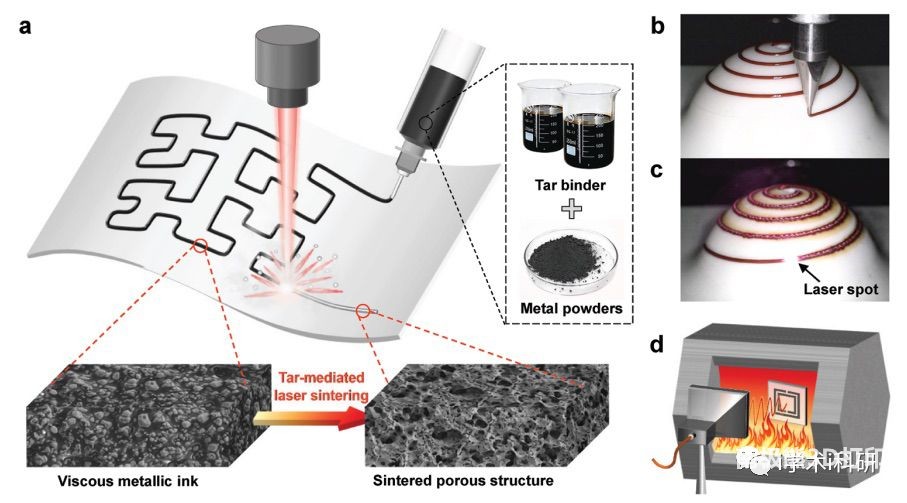
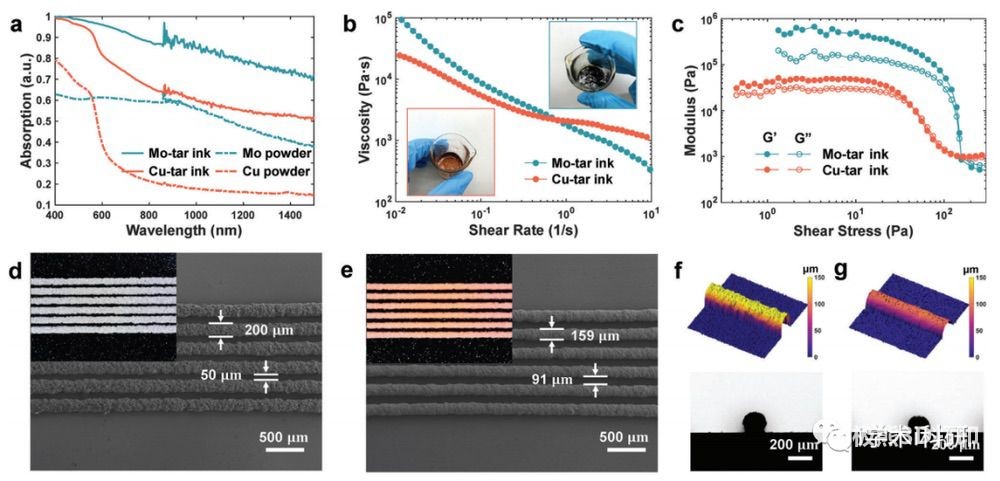
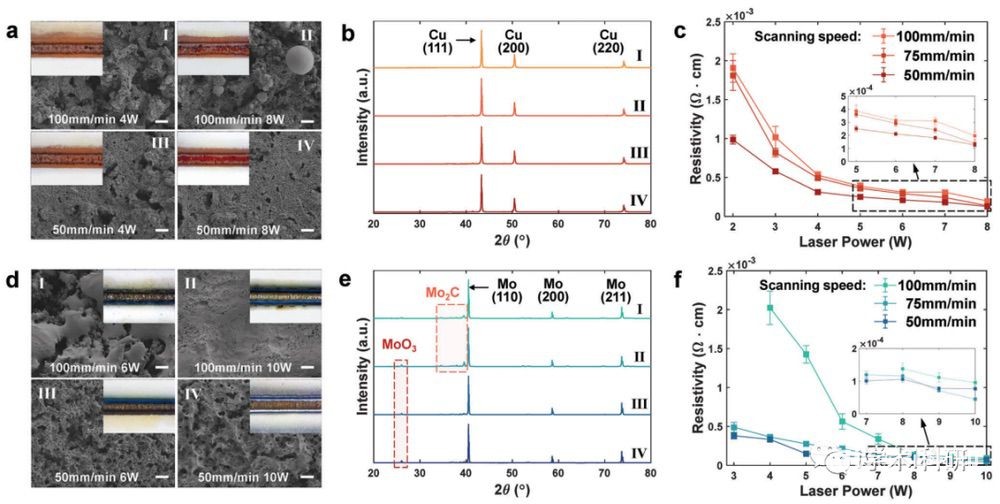
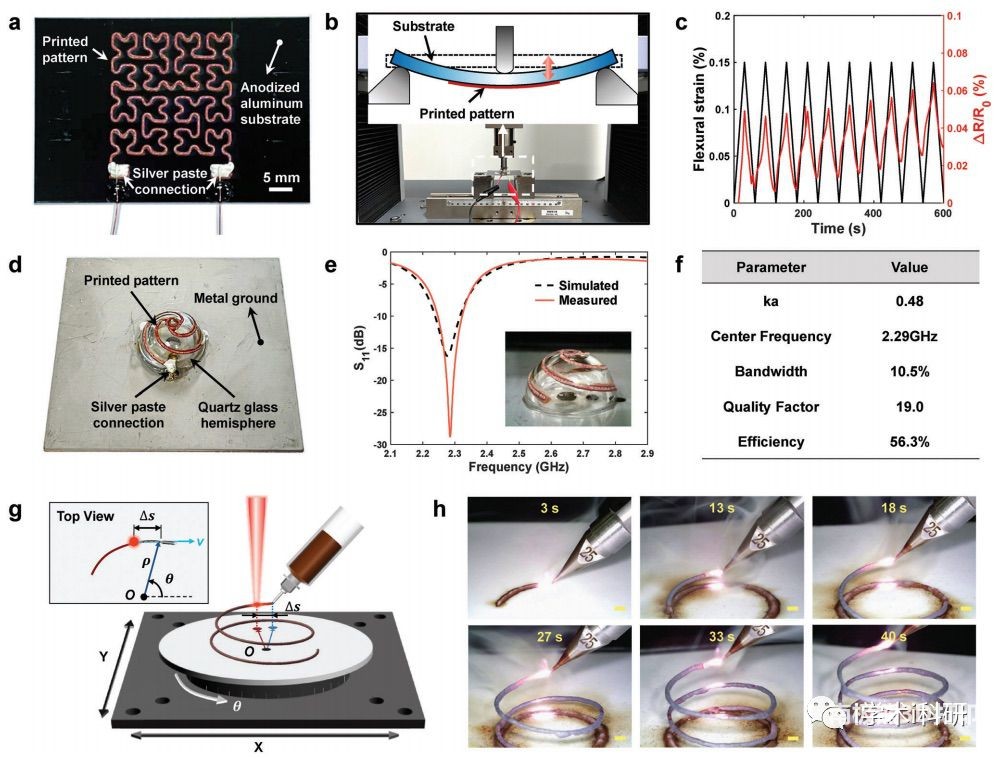
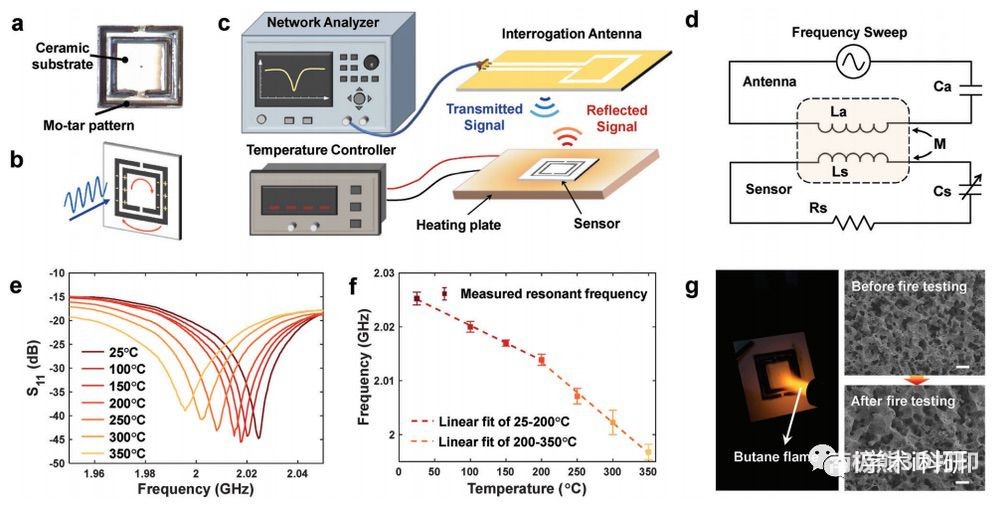
总结与展望
总之,作者提出了一种DIW-TMLS技术,用于在环境大气中快速制备金属导电图案的3D技术。通过将焦油作为粘结剂,开发了具有增强光吸收和抗氧化性能的粘性金属油墨。铜和钼基油墨都可以用功率小于10 W的红外激光在环境空气中不烧结,比选择性激光烧结所需的低近2个数量级。从烧结机理的形态、组成和电学性能等方面进行了研究。在优化的激光参数下,烧结钼型的电阻率达到与大块金属的电阻率相同的数量级。演示了一种基于分形模式的应变仪和保形半球形天线,验证了DIW-TMLS的高灵活性和广泛的适用性。此外,通过同时实现打印和激光烧结,可以创建三维独立架构。最后,开发了一种基于钼模式的无线温度传感器,它能够在高达350°C的高温下运行和持久的燃烧环境下运行。所提出的DIW-TMLS技术突破了耐火金属的加工极限,为高温传感器的快速成型提供了一条可行的途径。
文献链接
Printing Three-Dimensional Refractory Metal Patterns in Ambient Air: Toward High Temperature Sensors
https://doi.org/10.1002/advs.202302479
最先进的增材制造(AM)技术为难熔金属的工程化提供了新的可能性,其中以粉末床基方法(包括激光粉末床熔融和电子束粉末床熔融)的研究最为广泛。尽管粉末床基增材制造方法具有高精度和能够制造复杂形状的优点,但由于对保护环境的严格要求、对高质量粉末床的依赖以及与其他电路制造工艺的兼容性差等限制,该方法并不适合制造电子设备。另外,基于油墨挤压的3D打印,即首先用含有粘合剂的金属油黑打印图案然后进行热处理以减少添加剂并烧结金属结构,是一种具有低成本和高灵活性的制造导电金属图案的吸引人的选择。传统的熔炉烧结法加热时间长、能耗高,而激光烧结具有高分辨率和高功率密度的特点,已成为对印刷图案进行原位热处理的有效方法,并已用于制造铜、银和锌的高导电电路。然而,金属材料通常对从可见光到近红外波长的光具有较高的反射率,导致激光烧结过程中能量利用率较低,加热温度有限。此外,激光辐射的增加可能会导致严重的氧化和过度烧蚀,而不是更好的烧结效果。
研究成果
难熔金属具有耐高温、耐腐蚀和机械强度优异等优点,可用于高温电子设备,但其熔化温度高、加工性差,给制造带来了挑战。清华大学臧浠凝&胡楚雄&汪泽教授团队报告了一种直接墨水书写和焦油介导激光烧结(DIW-TMLS)技术,用于制造高温应用中的3D耐火金属器件。利用煤焦油作为粘合剂,设计出了具有高粘度和更强光吸收性的金属油墨。打印出的图案在环境中使用低功率(<10 W)激光烧结成无氧化的多孔金属结构,只需一个步骤就能快速制造出独立的三维结构。本文介绍了几种应用,包括基于分形图案的应变计、在半球上图案化的电子小天线(ESA)以及工作温度高达 350℃并能承受火焰灼烧的无线温度传感器。DIW-TMLS 技术为各种金属材料的快速图案化铺平了一条可行的道路,它具有广泛的适用性、高灵活性和三维适形性,拓展了恶劣环境传感器的可能性。相关研究以“Printing Three-Dimensional Refractory Metal Patterns in Ambient Air: Toward High Temperature Sensors”为题发表在Advanced Science期刊上。
图文导读

Figure 1. a) Schematic illustration of direct
ink writing and tar-mediated laser sintering (DIW-TMLS). Photographs
showing the b) printing and c) laser sintering processes of a conformal
spiral pattern on a ceramic hemisphere. d) Schematic of a wireless
sensor based on refractory metal pattern operating in high-temperature
environments.

Figure 2. Characterization of the metal-tar
inks. a) Comparison of absorption spectrum between metal-tar inks and
pure metal powders. b) Apparent viscosity as a function of shear rate
showing the shear-thinning behavior. c) Storage modulus (G’) and loss
modulus (G’’) as functions of shear stress showing the yield behavior.
Scanning electron microscopy (SEM) and optical images of the printed d)
Mo-tar and e) Cu-tar filaments shows high printing resolution.
Three-dimensional (3D) surface profiles and cross-section views of the
printed f) Mo-tar and g) Cu-tar filaments.

Figure 3. Effects of laser scanning parameters
on microstructures, phases, and electrical conductivity of the sintered
pattern. a) Scanning electron microscopy (SEM) and optical images of
the sintered Cu-tar filaments under different laser powers and scanning
rates. Scale bar: 10 μm. b) X-ray diffraction (XRD) patterns of the
sintered Cu-tar filaments under different laser parameters. Each curve
corresponds to a subgraph in (a). c) Variation of resistivity of the
sintered Cu-tar pattern with laser power and scanning rate. d–f) SEM and
optical images (Scale bar: 20 μm), X-ray diffraction (XRD)patterns, and
resistivity of sintered Mo-tar filaments under different laser
parameters.

Figure 4. Metallic patterns fabricated by
direct ink writing and tar-mediated laser sintering (DIW-TMLS) using
Cu-tar ink for various applications. a)Photograph of a fractal
pattern-based strain gauge printed on an anodized aluminum substrate. b)
Schematic of three-point bending test for the strain gauge. c)
Resistance change of the strain gauge in response to the cyclic flexural
strain. d) Photograph of a conformal spiral antenna printed on a quartz
glass hemispherical substrate. e) Simulated and measured reflection
coefficient (S11) of the hemispherical antenna. f) Key performance
indexes of the hemispherical antenna. g) Schematic of creating
self-supported 3D structures by mid-air sintering. h) Photographs
showing the printing process of a freestanding helical structure.

Figure 5. Molybdenum pattern-based wireless
high-temperature sensor. a) Photograph of the temperature sensor with a
split-ring resonator (SRR)pattern printed on ceramic substrate. b)
Schematic showing the charge distribution in the metal rings under
excitation of polarized electromagnetic waves. c) Schematic of wireless
temperature sensing. d) Equivalent circuit of the wireless sensing
system. e) Measured reflection coefficient (S11) spectra at different
temperatures. f) Variation of the resonant frequency of the sensor with
respect to temperature. g) Fire resistance testing of the sensor. The
scanning electron microscopy (SEM) images show no significant change in
the surface morphology after accumulated 30 s of flame treatment.
总结与展望
总之,作者提出了一种DIW-TMLS技术,用于在环境大气中快速制备金属导电图案的3D技术。通过将焦油作为粘结剂,开发了具有增强光吸收和抗氧化性能的粘性金属油墨。铜和钼基油墨都可以用功率小于10 W的红外激光在环境空气中不烧结,比选择性激光烧结所需的低近2个数量级。从烧结机理的形态、组成和电学性能等方面进行了研究。在优化的激光参数下,烧结钼型的电阻率达到与大块金属的电阻率相同的数量级。演示了一种基于分形模式的应变仪和保形半球形天线,验证了DIW-TMLS的高灵活性和广泛的适用性。此外,通过同时实现打印和激光烧结,可以创建三维独立架构。最后,开发了一种基于钼模式的无线温度传感器,它能够在高达350°C的高温下运行和持久的燃烧环境下运行。所提出的DIW-TMLS技术突破了耐火金属的加工极限,为高温传感器的快速成型提供了一条可行的途径。
文献链接
Printing Three-Dimensional Refractory Metal Patterns in Ambient Air: Toward High Temperature Sensors
https://doi.org/10.1002/advs.202302479
(责任编辑:admin)
最新内容
热点内容


 NASA与ICON联手推进太空3D
NASA与ICON联手推进太空3D 第八届医院3D打印论坛:个
第八届医院3D打印论坛:个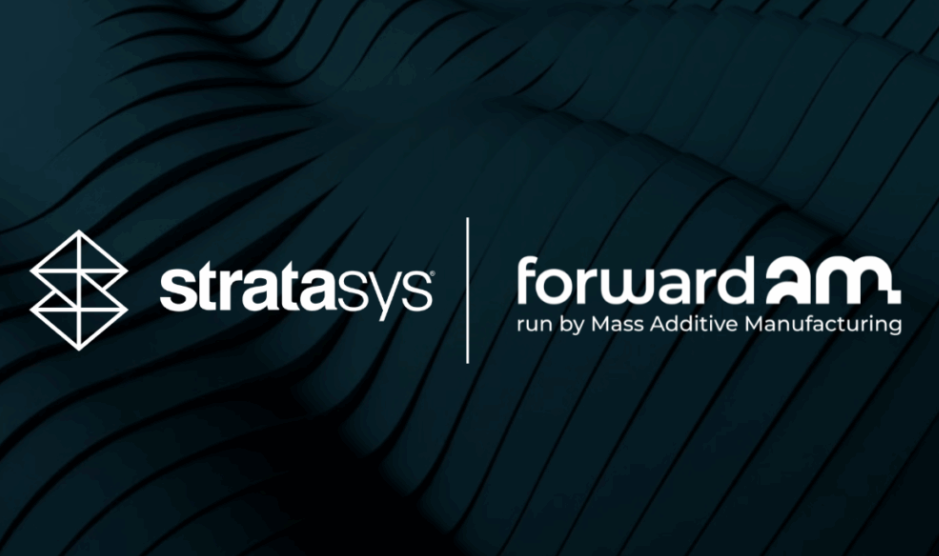 3D打印巨头Stratasys收购
3D打印巨头Stratasys收购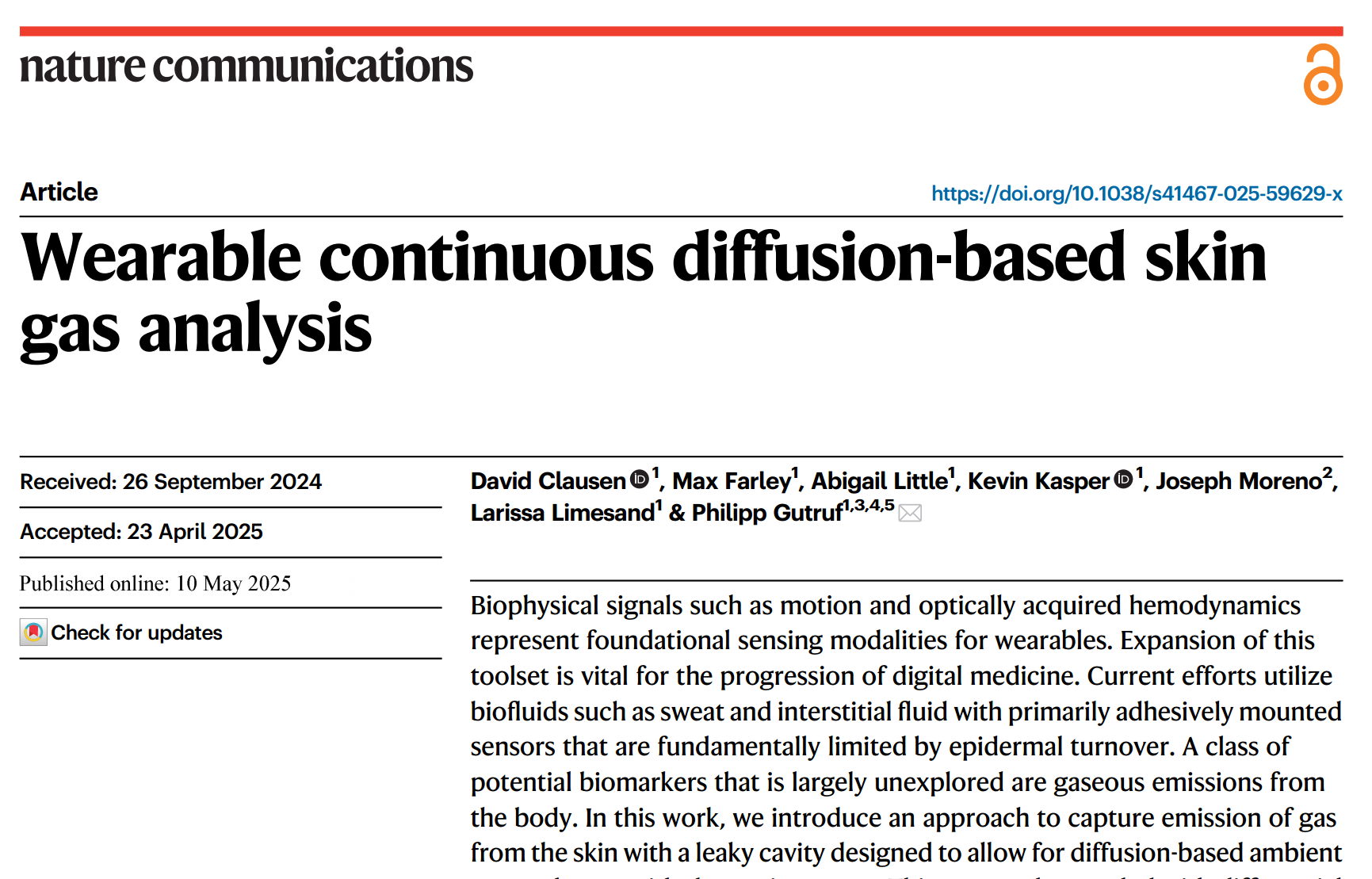 Nature子刊:3D打印技术助
Nature子刊:3D打印技术助 全球两大3D扫描仪巨头合并
全球两大3D扫描仪巨头合并 美国交通部长称,FAA正借
美国交通部长称,FAA正借 美国空军2860万美
美国空军2860万美 美国军工企业强强
美国军工企业强强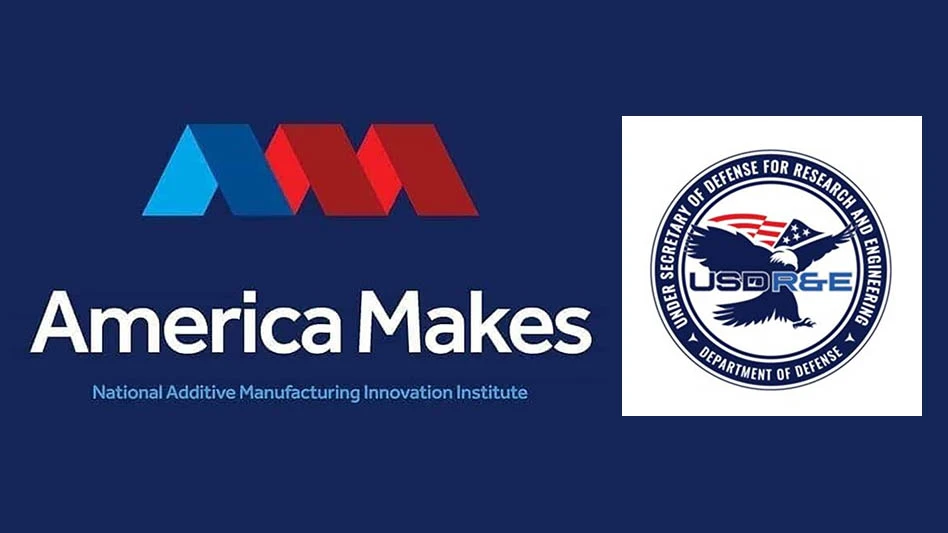 美国斥资450万美
美国斥资450万美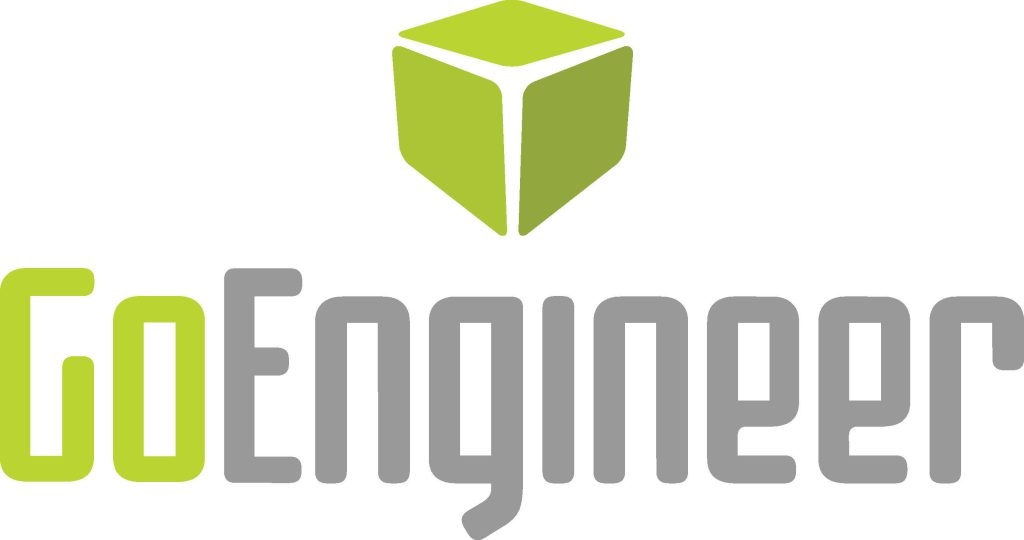 GoEngineer通过收
GoEngineer通过收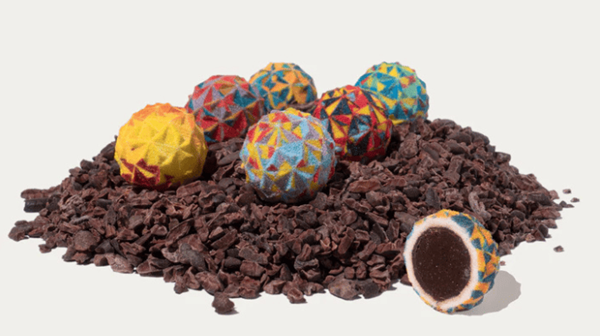 3D食品打印:烹
3D食品打印:烹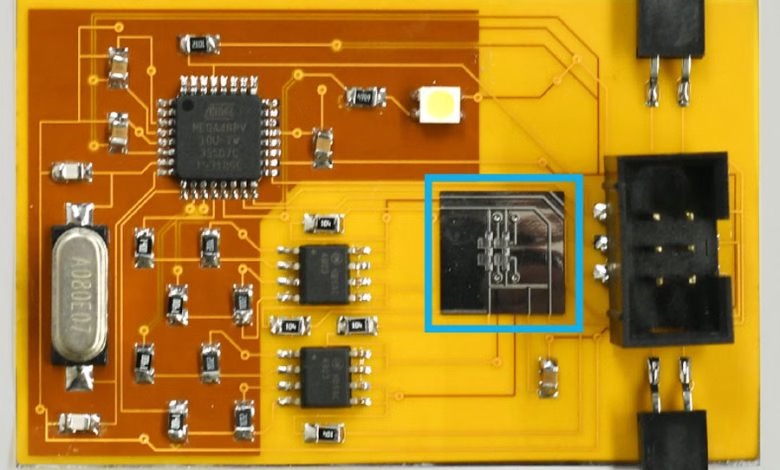 卡内基梅隆研究人
卡内基梅隆研究人